Home>Construction & Tools>Building Materials>How To Clean Interior Brick Floors
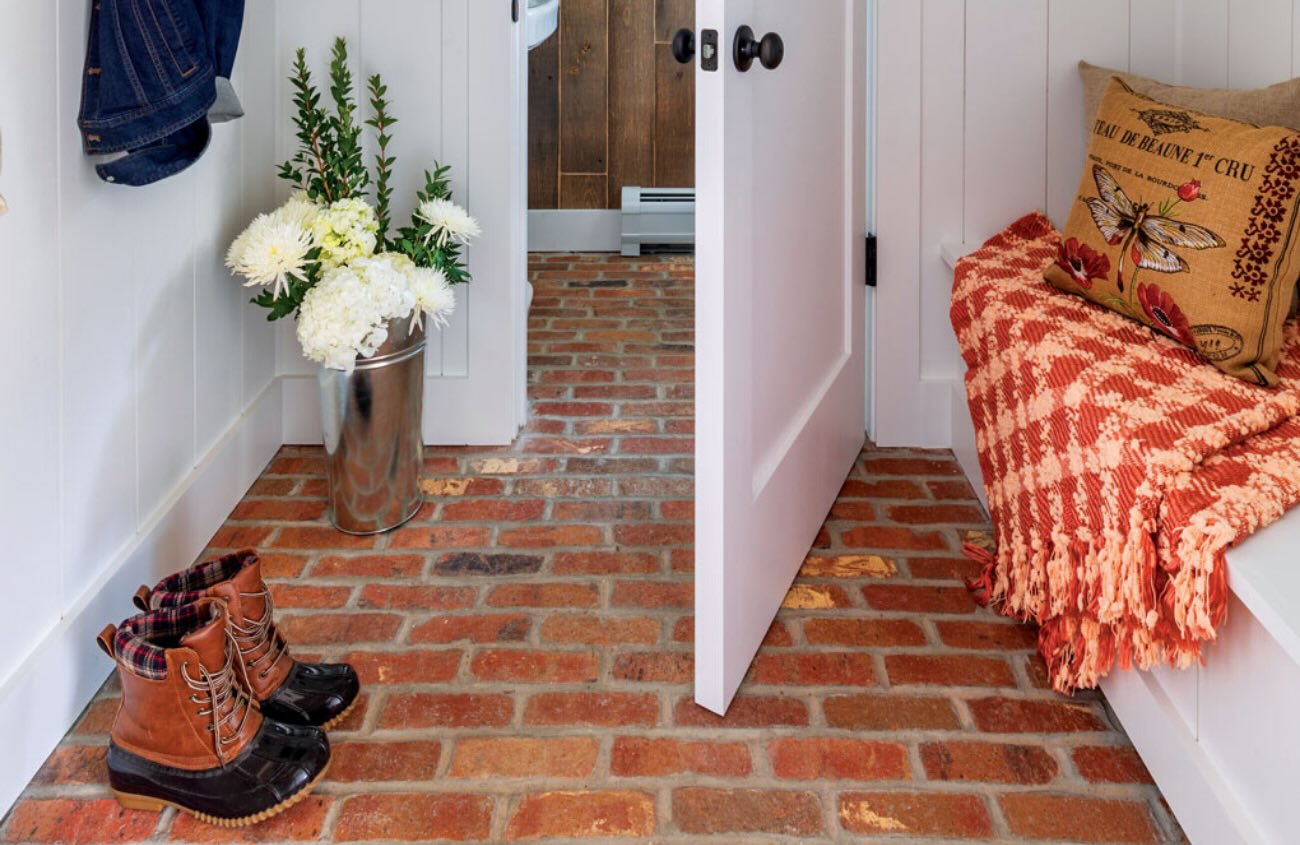

Building Materials
How To Clean Interior Brick Floors
Modified: February 18, 2024
Learn the best techniques for cleaning interior brick floors using common building materials. Keep your floors looking great with our step-by-step guide.
(Many of the links in this article redirect to a specific reviewed product. Your purchase of these products through affiliate links helps to generate commission for Storables.com, at no extra cost. Learn more)
Introduction
So, you've got beautiful brick floors in your home. They exude a rustic, earthy charm that adds character to any space. However, over time, these floors can accumulate dirt, grime, and stains, which might diminish their allure. Fear not, as cleaning interior brick floors is a manageable task that can restore their original luster and appeal.
In this comprehensive guide, we'll walk you through the process of cleaning your interior brick floors step by step. Whether you're dealing with light surface dirt or stubborn stains, these methods will help you achieve a clean and inviting floor space. With a few simple supplies and a little elbow grease, you can revitalize your brick floors and maintain their timeless beauty.
Let's dive into the details and equip you with the knowledge and techniques needed to bring out the best in your interior brick floors.
Key Takeaways:
- Revitalize your interior brick floors by gathering supplies, clearing debris, scrubbing with a gentle solution, and sealing for added protection. Enjoy the enduring charm of clean, well-maintained brick surfaces in your home.
- Transform your living space with clean and inviting interior brick floors. From sweeping and scrubbing to optional sealing, follow the comprehensive guide to restore the natural beauty of your brick surfaces and maintain their timeless allure.
Read more: How To Clean Interior Brick Walls
Gather Your Supplies
Before embarking on the cleaning process, it’s essential to gather the necessary supplies. Here’s what you’ll need:
- Broom or vacuum cleaner: Start by removing loose dirt, debris, and dust from the brick floors. A broom with sturdy bristles or a vacuum with a brush attachment can effectively accomplish this task.
- Mild detergent or soap: Opt for a gentle, pH-neutral detergent or soap. Harsh chemicals can damage the brick’s surface and alter its appearance.
- Bucket: Use a bucket to prepare the cleaning solution and for rinsing the floors.
- Scrub brush or mop: A scrub brush with medium bristles or a mop with a soft cloth attachment will aid in the cleaning process.
- Warm water: Ensure you have access to warm water for creating the cleaning solution and rinsing the floors.
- Clean towels or rags: Keep a supply of clean, absorbent towels or rags on hand for drying the floors after cleaning.
- Sealant (optional): If you plan to seal the floors after cleaning, have the appropriate sealant ready. Consult with a professional or follow the manufacturer’s recommendations for the best sealant for your specific type of brick floors.
- Protective gear: Consider using gloves and, if working with a strong cleaning solution, eye protection and a face mask.
By ensuring that you have these supplies at the ready, you’ll be well-prepared to tackle the task of cleaning your interior brick floors effectively and efficiently.
Sweep and Vacuum
Before delving into the cleaning process, start by clearing the brick floors of loose debris, dirt, and dust. This initial step is crucial for preventing the abrasion of the brick surface during the subsequent cleaning stages.
Begin by using a broom with sturdy bristles to sweep the floors thoroughly. Work methodically, starting from one end of the room and progressing towards the other, ensuring that you cover the entire surface area. Pay close attention to corners, edges, and any grout lines where dirt tends to accumulate.
If you prefer a more efficient and thorough approach, consider using a vacuum cleaner equipped with a brush attachment. The vacuum will effectively capture fine particles and dust from the uneven surface of the brick floors, providing a deeper clean than sweeping alone.
By diligently sweeping and vacuuming the floors, you’ll create a clean canvas for the subsequent cleaning steps. This preparatory phase sets the stage for the application of the cleaning solution and ensures that the brick surfaces are free from loose debris, allowing for a more effective and targeted cleaning process.
Prepare the Cleaning Solution
With the brick floors cleared of loose debris, it’s time to prepare a gentle yet effective cleaning solution. Avoid using harsh chemicals or acidic cleaners, as these can damage the brick’s surface and alter its appearance. Instead, opt for a mild detergent or soap that is pH-neutral and safe for use on porous surfaces.
Here’s a simple and effective method for creating a cleaning solution:
- Fill a bucket with warm water. The warmth of the water can help enhance the cleaning power of the solution.
- Add a small amount of mild detergent or soap to the water. Be cautious not to use an excessive amount, as this can lead to excessive suds and make rinsing more challenging.
- Gently agitate the water to disperse the detergent or soap, ensuring that it is thoroughly mixed.
Once the cleaning solution is prepared, you’re ready to move on to the next step: applying the solution to the brick floors and effectively removing any embedded dirt, stains, or grime.
By utilizing a gentle cleaning solution, you can effectively cleanse the brick surfaces without compromising their integrity. This approach ensures that your interior brick floors receive a thorough cleaning while maintaining their natural beauty and texture.
Mix warm water and mild dish soap, then use a scrub brush to gently clean the interior brick floors. Avoid using harsh chemicals or abrasive tools to prevent damage.
Scrub the Floors
Armed with the prepared cleaning solution, it’s time to focus on scrubbing the brick floors to eliminate stubborn dirt, stains, and grime. This step requires a bit of elbow grease, but the results will be well worth the effort.
Here’s a systematic approach to effectively scrubbing the floors:
- Begin by dipping a scrub brush or mop into the cleaning solution. Ensure that the bristles or mop head are saturated but not dripping excessively.
- Working in manageable sections, start scrubbing the brick floors using a circular or back-and-forth motion. Focus on areas with visible stains or soiling, and pay attention to grout lines, where dirt tends to accumulate.
- As you scrub, periodically revisit areas that require extra attention, applying additional cleaning solution as needed. For particularly stubborn stains, gently increase the pressure while scrubbing, but avoid abrasive or harsh scrubbing techniques that could damage the brick’s surface.
- Continue this process until the entire surface area of the brick floors has been thoroughly scrubbed. Take your time to ensure that all areas are adequately addressed.
Throughout the scrubbing process, periodically assess the cleanliness of the floors. You may notice a remarkable transformation as embedded dirt and stains are lifted, revealing the natural beauty of the brick surfaces.
By methodically scrubbing the floors with the prepared cleaning solution, you’ll effectively remove dirt and stains, revitalizing the appearance of your interior brick floors and restoring their inherent charm.
Read more: How To Clean A Brick Floor
Rinse and Dry
After diligently scrubbing the brick floors to remove dirt and stains, it’s essential to proceed with the rinsing and drying process. This crucial step ensures that any residual cleaning solution is thoroughly removed, leaving the floors clean and ready to showcase their renewed beauty.
Follow these steps to effectively rinse and dry the brick floors:
- Prepare a fresh bucket of warm water for rinsing. The warmth of the water can aid in effectively removing the cleaning solution from the brick surfaces.
- Using a clean mop or sponge, saturate it in the fresh water and begin rinsing the floors. Work in sections, ensuring that each area is thoroughly rinsed and free from any lingering cleaning solution.
- As you progress, periodically replace the rinse water to maintain its effectiveness. This will prevent the re-deposition of dirt or soap residue on the floors.
- Once the floors have been adequately rinsed, use clean towels or rags to dry the surfaces thoroughly. Ensure that all excess moisture is removed, leaving the brick floors clean and dry.
Throughout the rinsing and drying process, take the time to inspect the floors for any remaining traces of dirt or cleaning solution. Address any areas that require additional rinsing or drying to achieve a uniformly clean and dry surface.
By meticulously rinsing and drying the brick floors, you’ll complete the cleaning process with the assurance that your interior spaces are adorned with revitalized and immaculate brick surfaces.
Seal the Floors (Optional)
Once the interior brick floors have been thoroughly cleaned and dried, you may consider the option of applying a sealant to enhance their durability and protect them from potential stains and moisture penetration. While sealing is optional, it can provide long-term benefits and contribute to the longevity of your brick floors.
Here’s a guide to sealing the floors, should you choose to proceed with this optional step:
- Choose the appropriate sealant: Select a high-quality sealant specifically formulated for interior brick surfaces. Consider factors such as breathability, stain resistance, and ease of application when making your selection.
- Prepare the area: Ensure that the floors are completely clean and dry before applying the sealant. Remove any dust or debris that may have accumulated during the cleaning process.
- Apply the sealant: Follow the manufacturer’s instructions for applying the sealant. Use a brush, roller, or sprayer to evenly coat the brick surfaces, working in manageable sections to ensure thorough coverage.
- Allow for proper curing: After applying the sealant, allow adequate time for it to cure as per the manufacturer’s recommendations. This typically involves restricting foot traffic on the sealed floors for a specified period.
- Perform a second coat (if necessary): Depending on the type of sealant used, a second coat may be recommended for optimal protection and longevity. Follow the manufacturer’s guidelines for the application of multiple coats.
By sealing the interior brick floors, you can safeguard them against potential stains, make cleaning and maintenance easier, and help preserve their aesthetic appeal for years to come. Additionally, a quality sealant can enhance the natural colors and textures of the brick, adding a subtle sheen and depth to the floors.
While the decision to seal the floors is optional, it presents an opportunity to fortify and beautify your interior brick surfaces, ensuring that they remain a timeless and enduring feature of your home.
Conclusion
Cleaning interior brick floors is a rewarding endeavor that can breathe new life into your living space. By following the steps outlined in this guide, you can effectively restore the natural beauty of your brick floors and maintain a clean and inviting environment.
From gathering the necessary supplies to meticulously scrubbing and rinsing the floors, each step plays a vital role in revitalizing the appearance of your interior brick surfaces. Whether you’re addressing light surface dirt or tackling stubborn stains, the methods discussed here provide a comprehensive approach to achieving clean and rejuvenated brick floors.
Moreover, the optional step of sealing the floors presents an opportunity to enhance their durability and protect them from potential damage, ensuring that they remain a timeless and enduring feature of your home.
As you embark on the journey of cleaning your interior brick floors, remember to approach the task with patience and attention to detail. Take pride in the process, knowing that your efforts will yield floors that exude a rustic, earthy charm and contribute to the overall aesthetic of your home.
With the knowledge and techniques acquired from this guide, you are well-equipped to maintain the timeless allure of your interior brick floors, ensuring that they continue to be a cherished and captivating element of your living space for years to come.
Embrace the transformative power of a clean and well-maintained floor, and revel in the enduring beauty of your interior brick surfaces.
Frequently Asked Questions about How To Clean Interior Brick Floors
Was this page helpful?
At Storables.com, we guarantee accurate and reliable information. Our content, validated by Expert Board Contributors, is crafted following stringent Editorial Policies. We're committed to providing you with well-researched, expert-backed insights for all your informational needs.
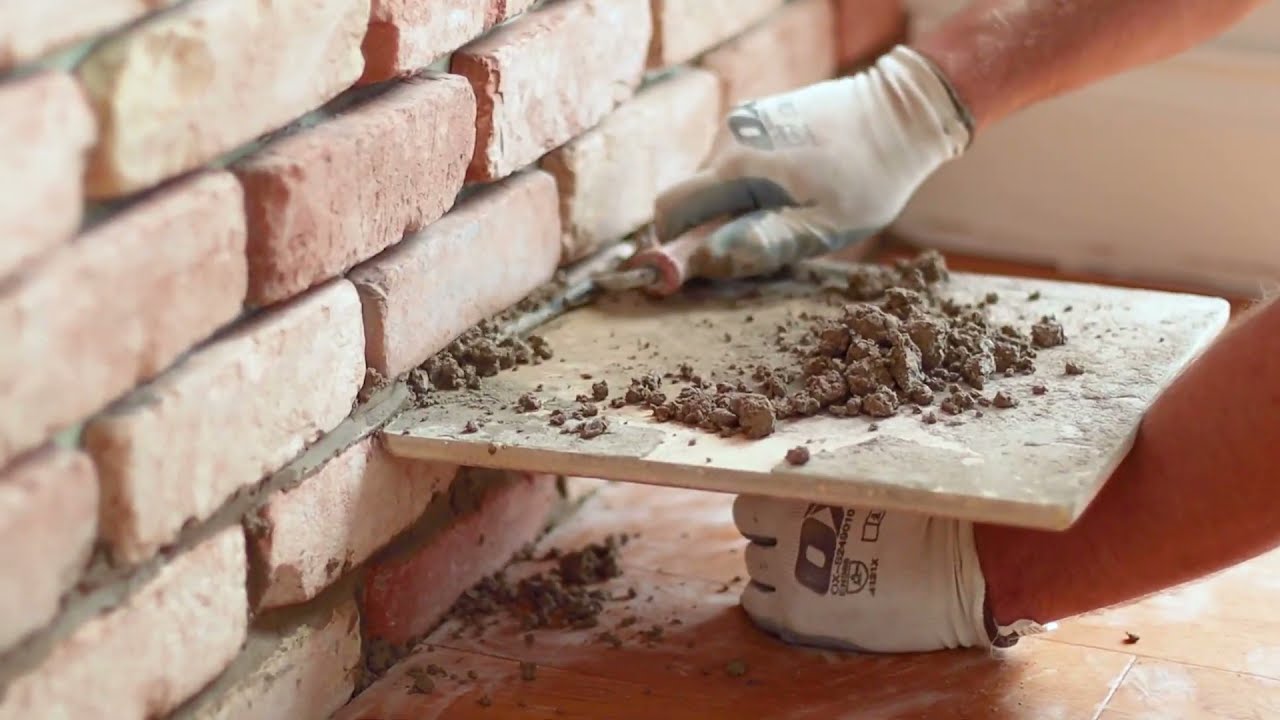

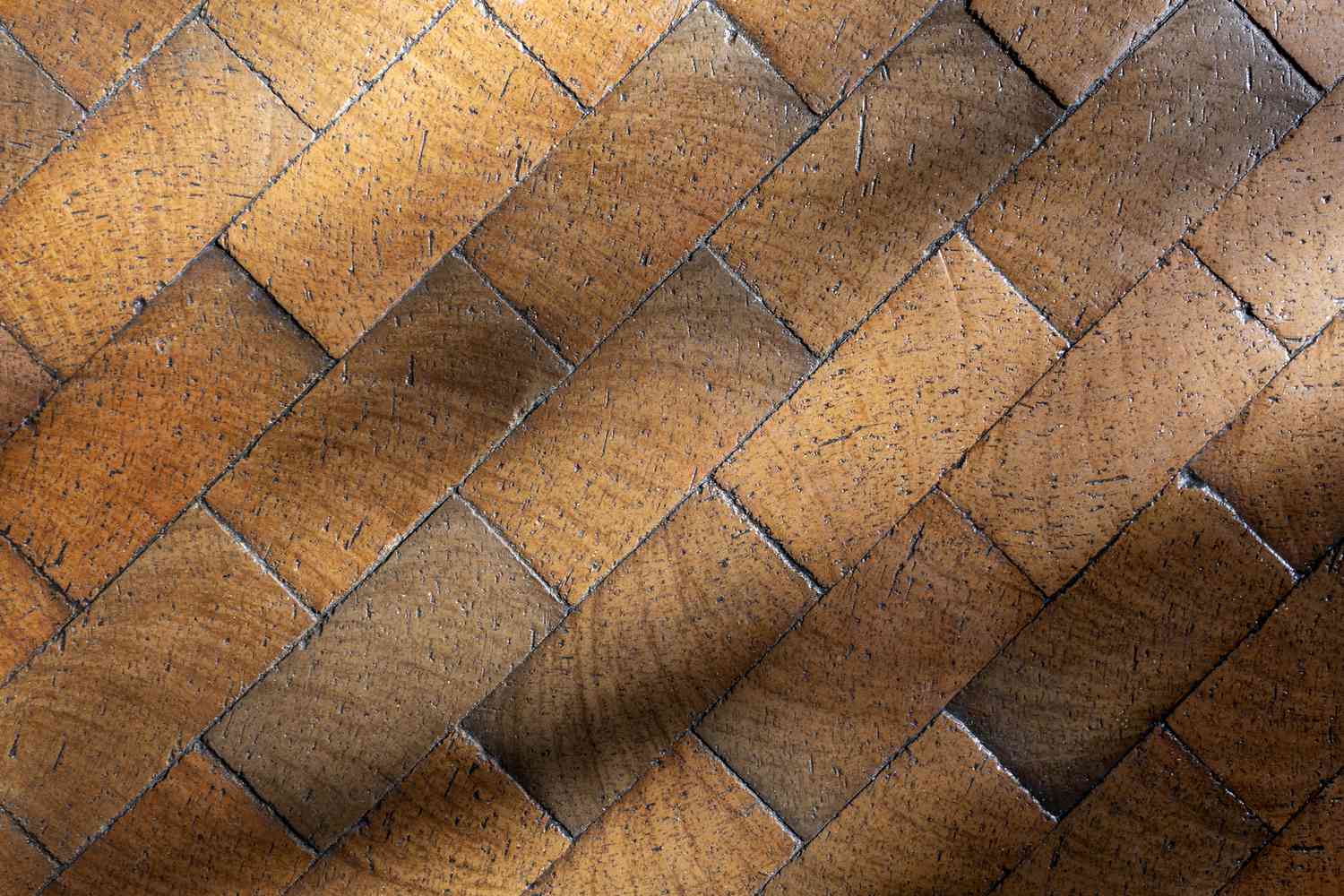
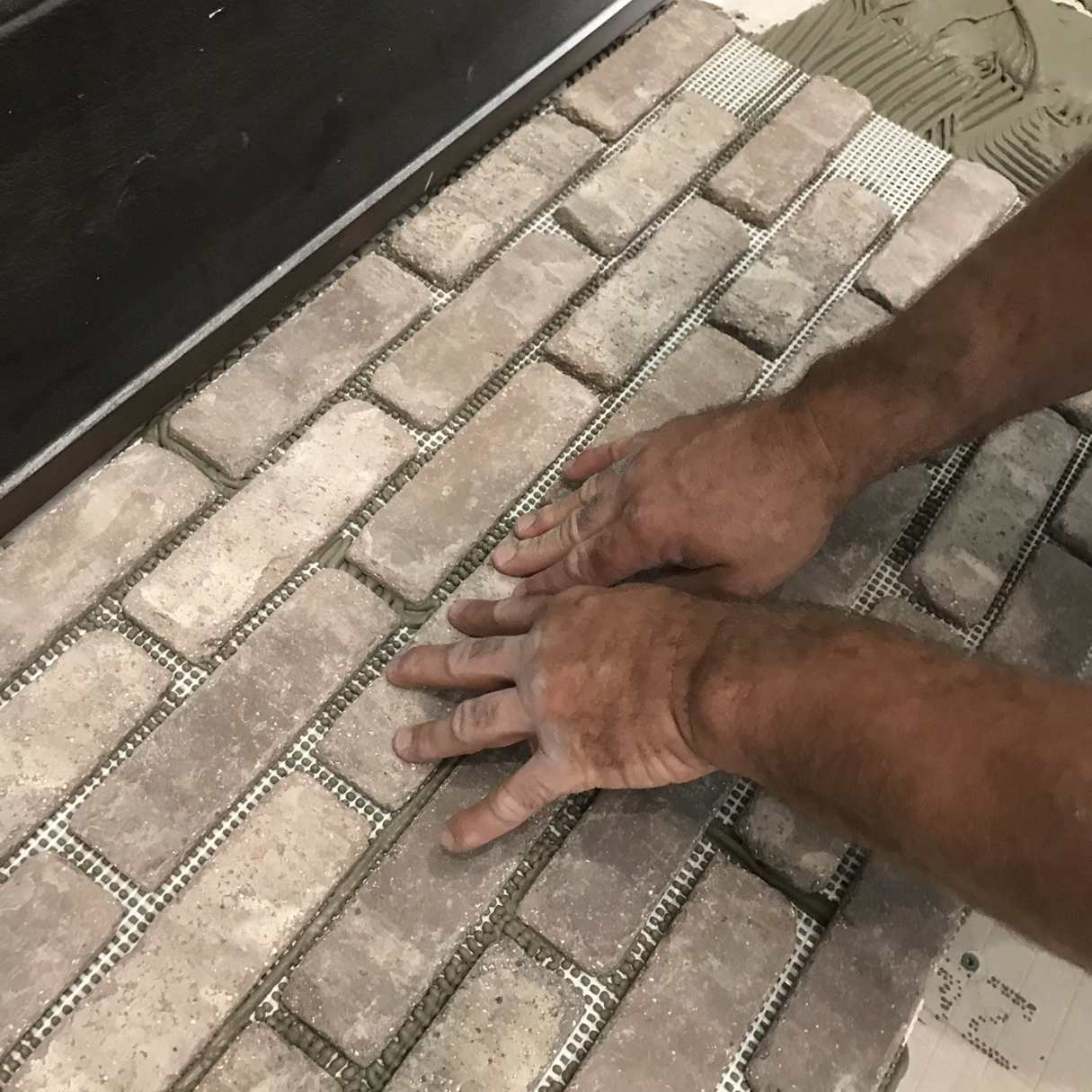
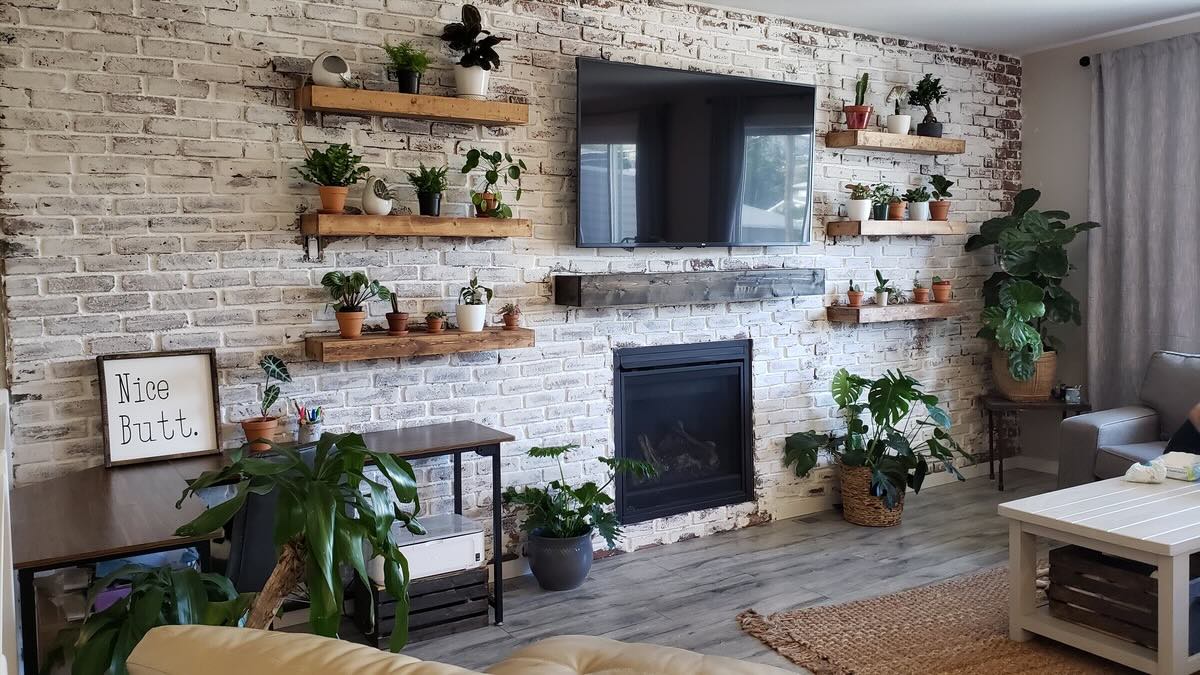
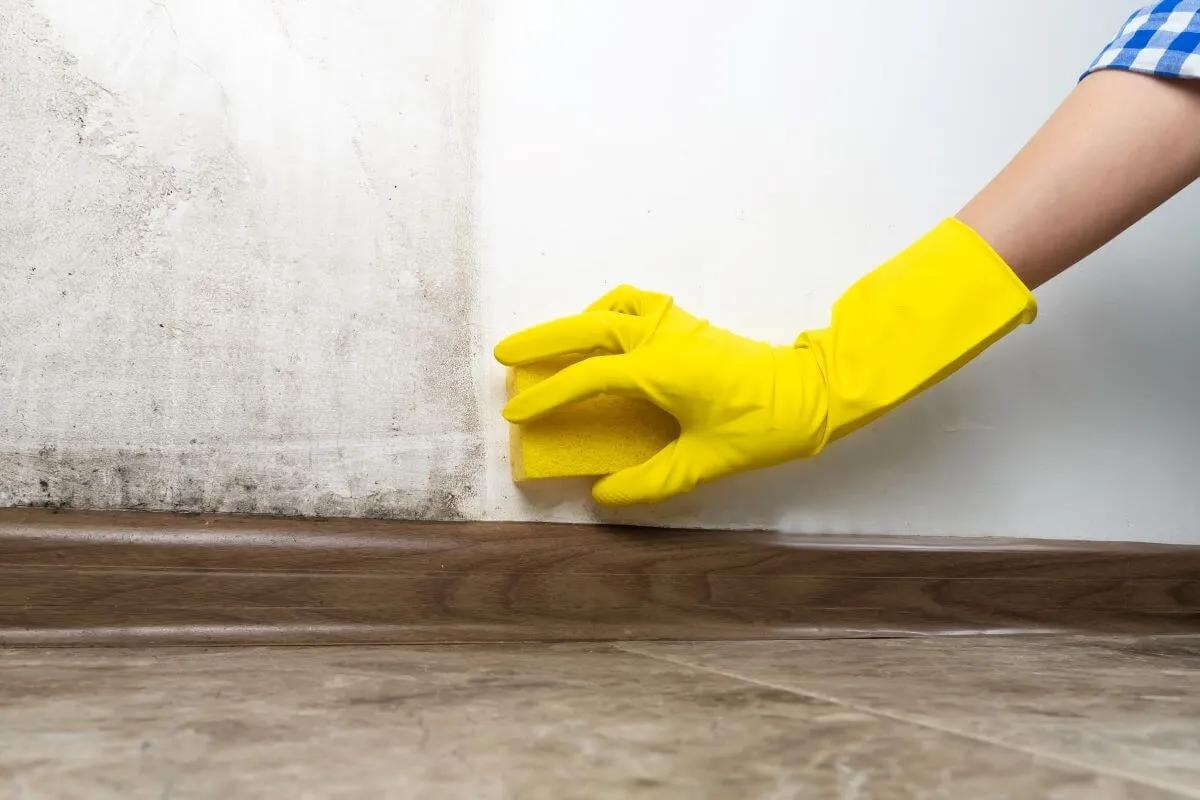
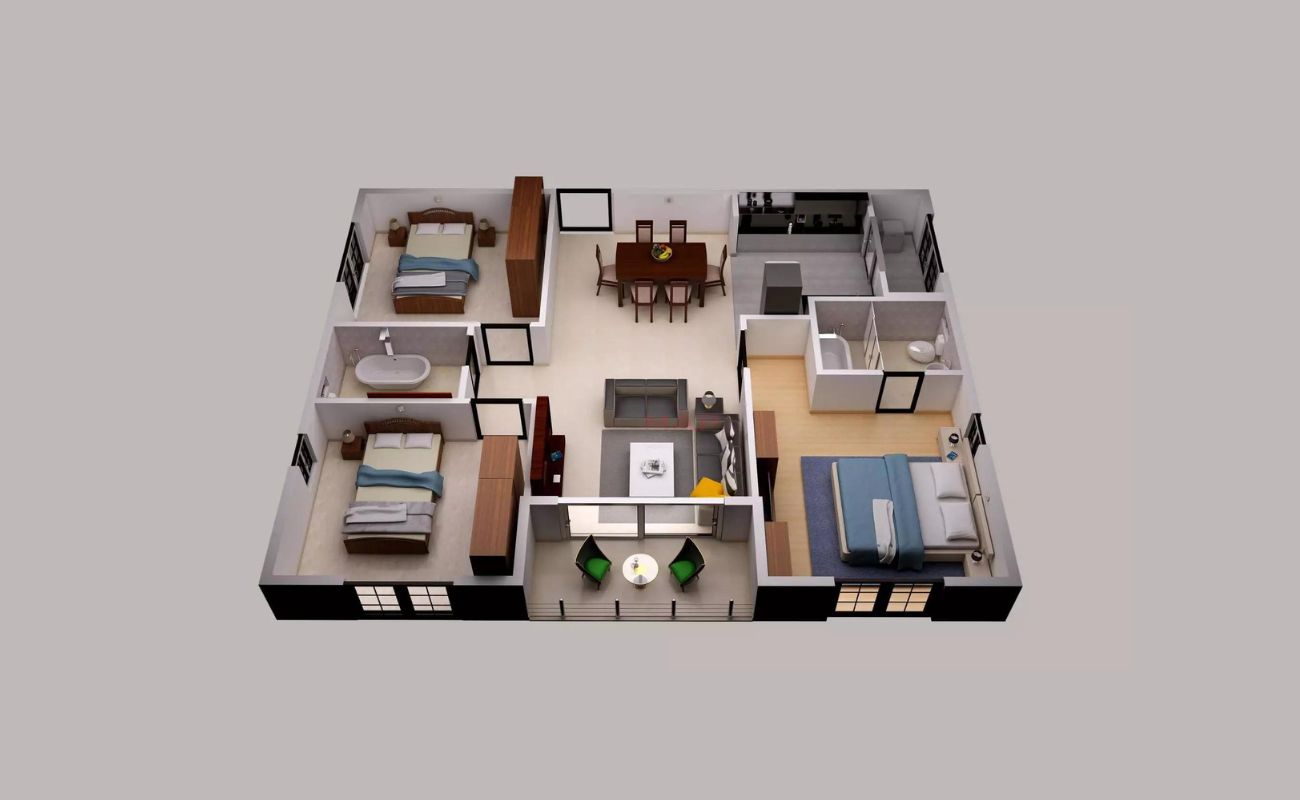
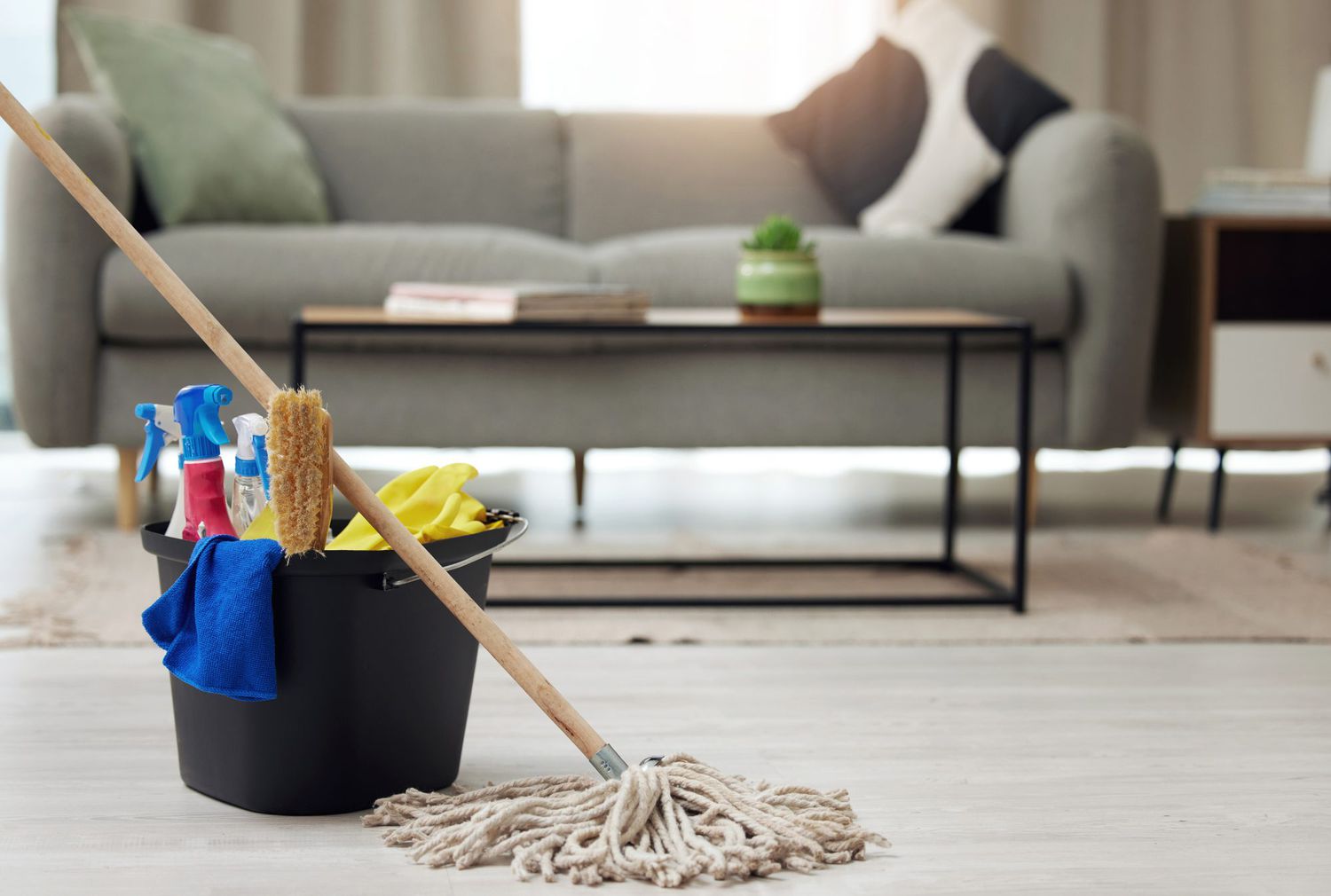
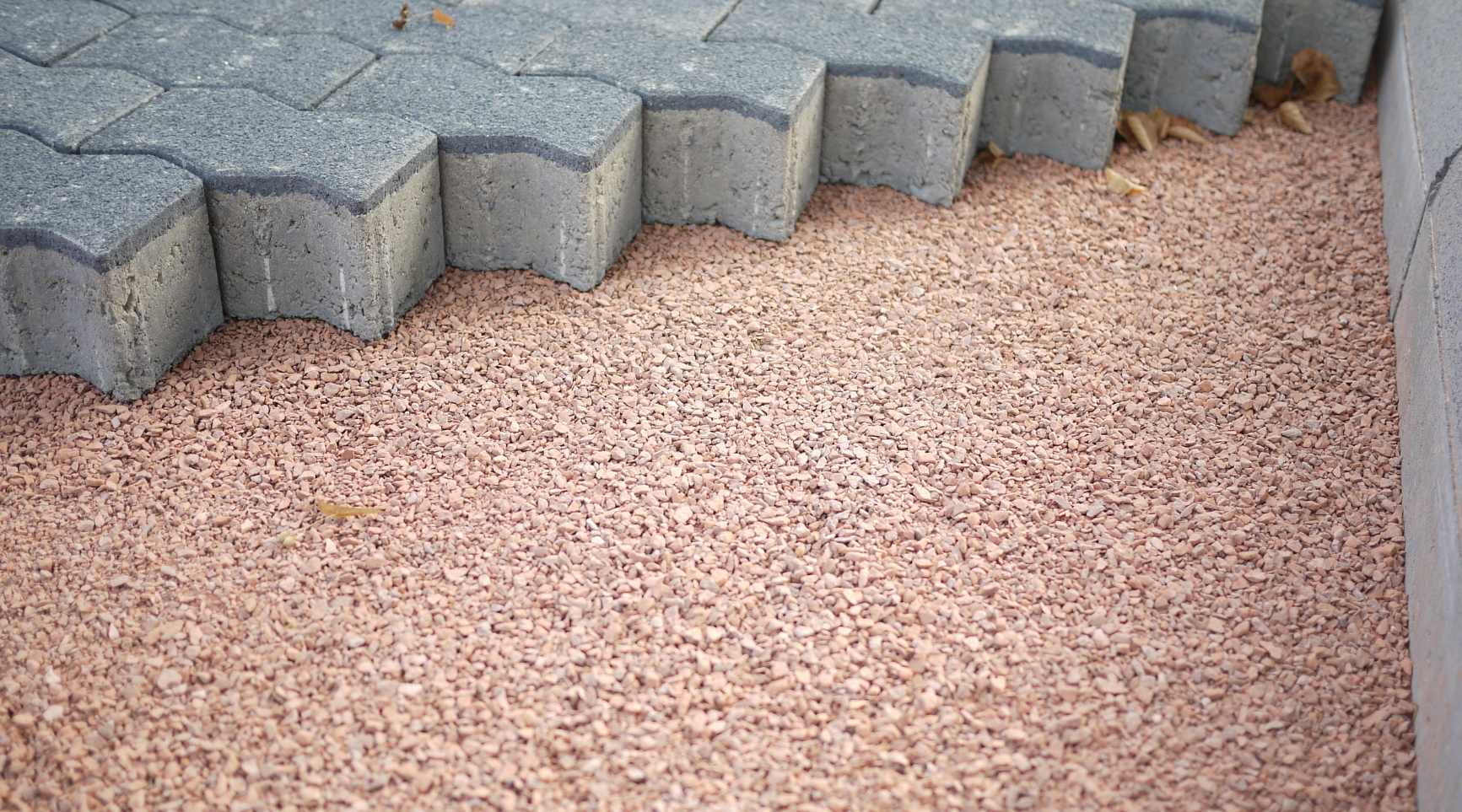
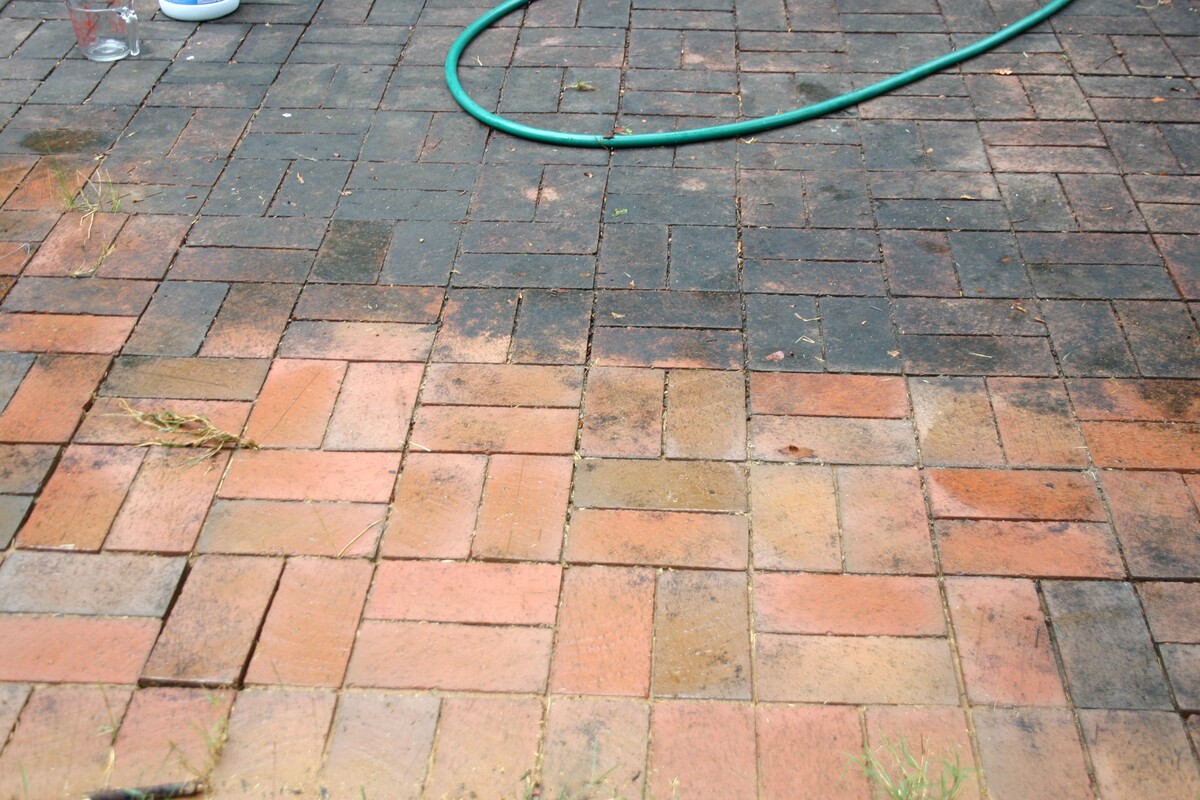
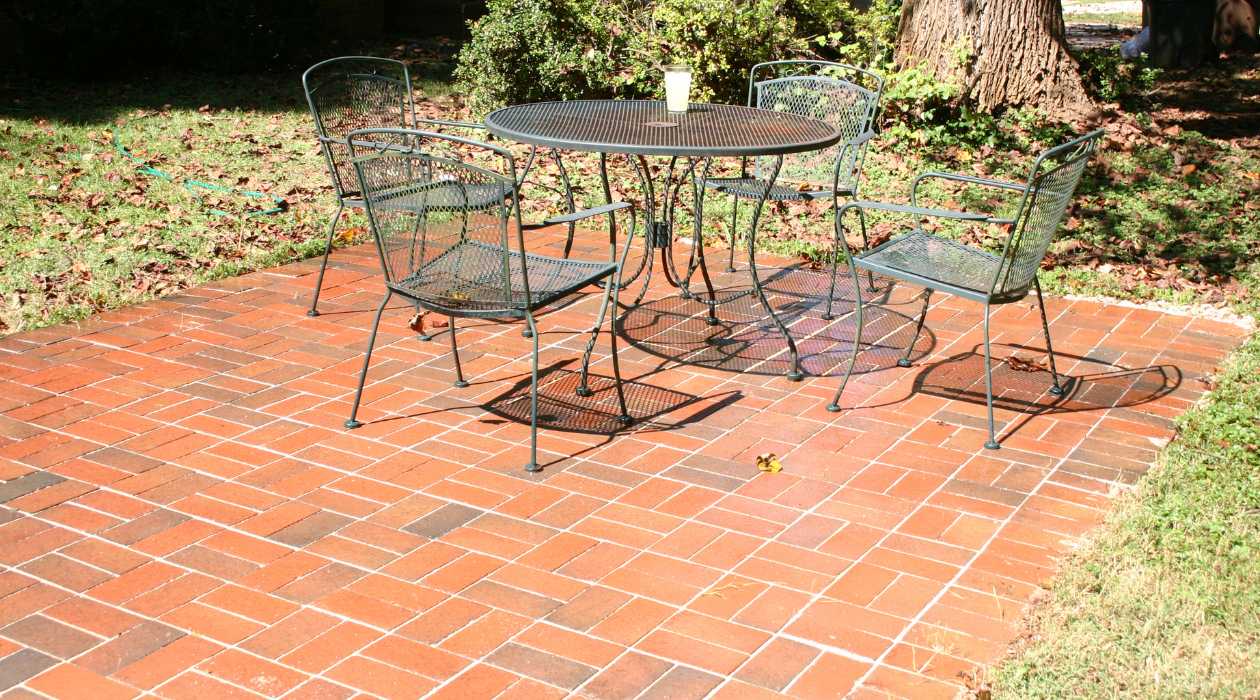
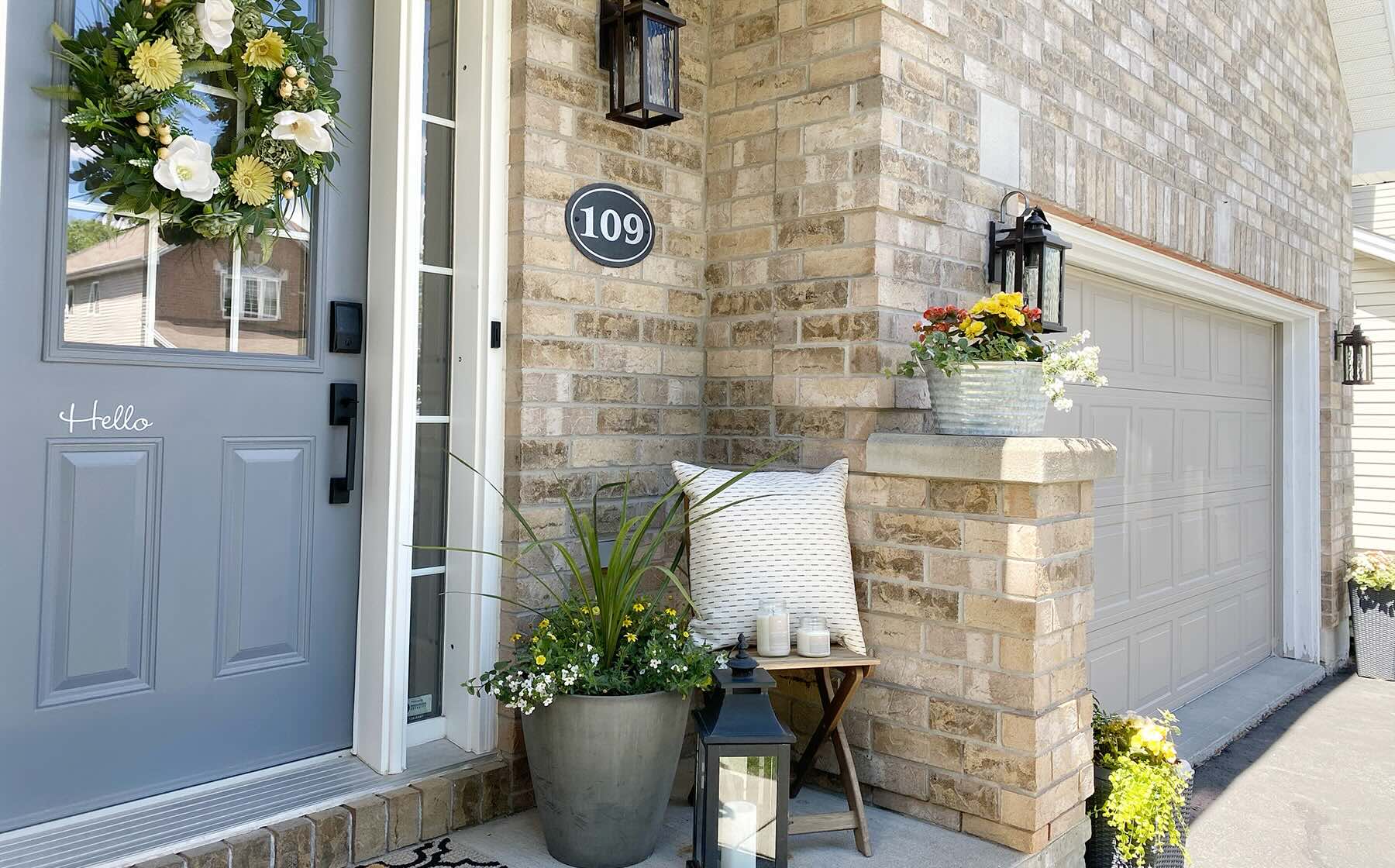
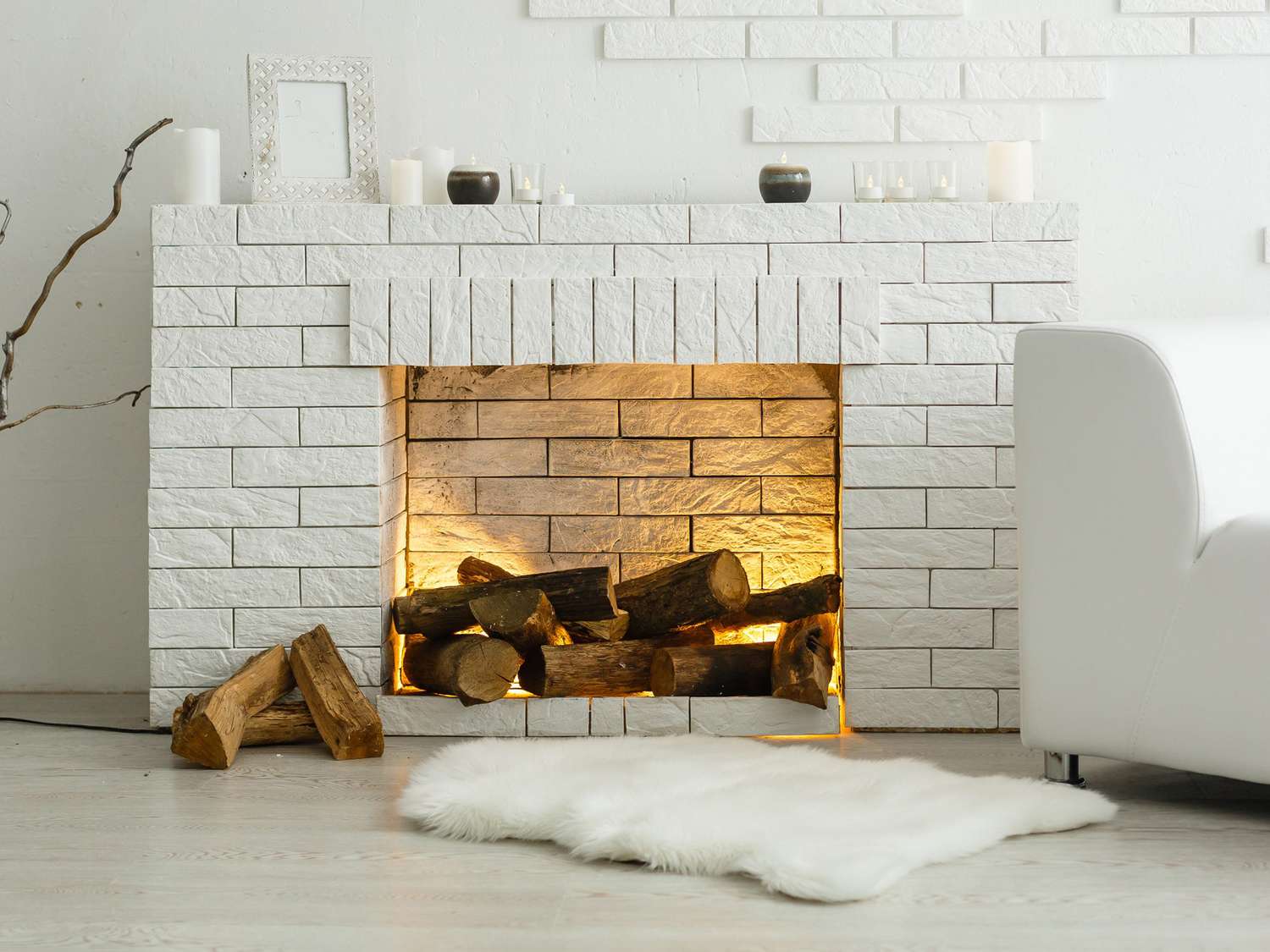
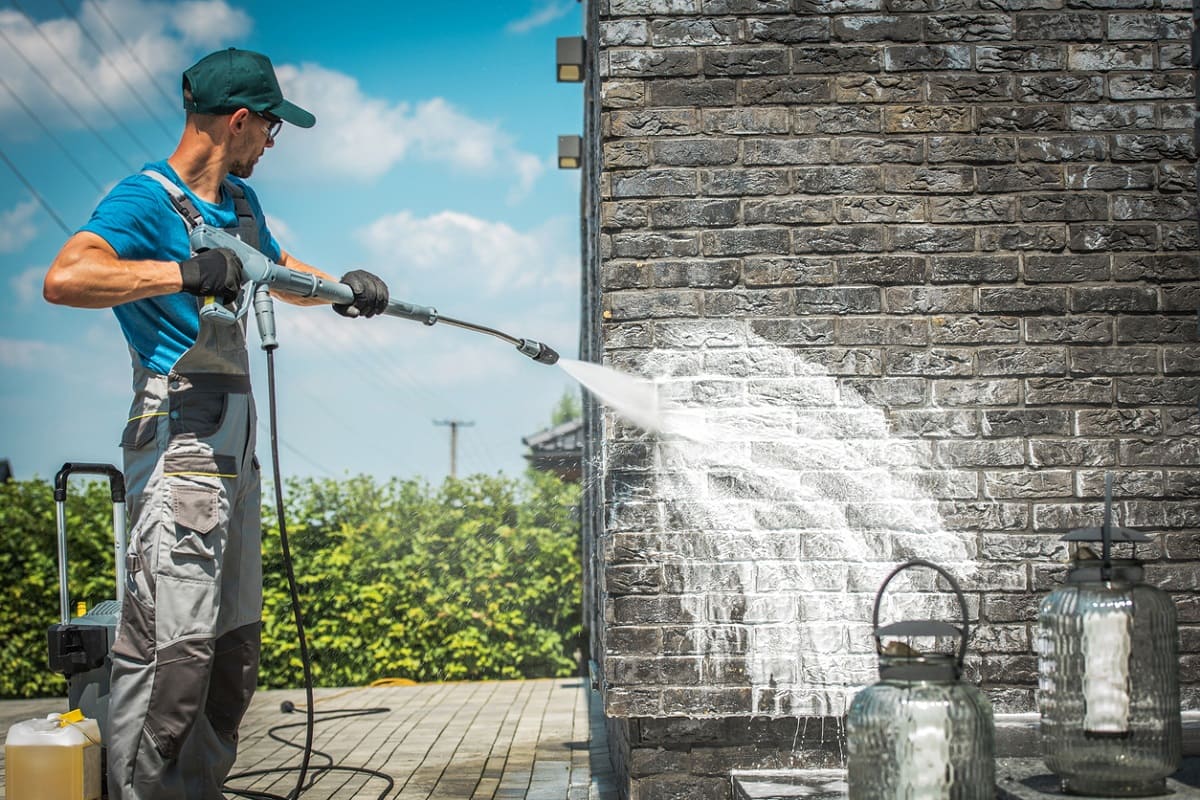

0 thoughts on “How To Clean Interior Brick Floors”